Topics
Category
Era
Phyllis Wheatley House, Minneapolis
Founded in 1924, the Phyllis Wheatley House was the first settlement house to serve the social service needs of African Americans in Minneapolis. In the 1930s, it became a center of African American life at a time when racial segregation divided the city.
In the late 1910s, a growing number of young, single women were moving to large cities like Minneapolis, looking for work. Concerns for these women’s personal and moral safety moved many social services agencies to provide them with housing, recreational activities, and other assistance.
While there were many services for young, single white women, segregation prevented their African American counterparts from receiving the same help. In 1920, two social service agencies, the Council on Social Agencies and the Women’s Cooperative Alliance (WCA), noticed the lack of programs for young, single Black women.
After considering opening a boarding house for these women, the agencies realized that all of Minneapolis’ African American citizens lacked services. The WCA decided to open the first settlement house for the city’s small, but growing, Black community.
Named after Phillis Wheatley, an eighteenth century enslaved woman who became a well-known poet, the Phyllis Wheatley House opened on October 17, 1924, in the old Talmud Torah (a Hebrew school) at 808 Bassett Place. It was located in a mostly Black neighborhood in North Minneapolis.
The Wheatley House’s primary goal was to provide social services and a community center for African Americans. Its programs focused on recreation, education, music, and theater. W. Gertrude Brown, an African American social worker from Dayton, Ohio, was hired as the house’s first head resident. Ethel Ray Nance joined the house's staff in 1926 as assistant head resident.
Under Brown’s direction, and with guidance from its board of directors (all white women), the Wheatley House quickly outgrew its location on Bassett Place. It began fundraising to build a new building as early as 1926, and on October 17, 1929, a newly constructed Wheatley House opened at 809 Aldrich Avenue North. This larger building provided not only new space for recreational and educational activities but also a library, day care, a medical clinic, and lodging.
By the late 1920s and early 1930s, the Wheatley House had become a center of African American life in Minneapolis and offered services that other settlement houses did not. It was a boarding house for Black college students blocked by segregation from living in the University of Minnesota dorms. It housed visiting Black luminaries, including Marian Anderson, W. E. B. DuBois, Langston Hughes, and Paul Robeson, who could not stay in Minneapolis hotels. It was a meeting space for Black groups like the National Association for the Advancement of Colored People (NAACP) and the Brotherhood of Pullman Porters, who were not welcome at other places in the city.
The Wheatley House also fought for social reform. It provided many Black children with amenities they might not have otherwise received, such as summer camp, nursery school, and organized sports. Many of these children later described the Wheatley House as a home away from home—a place where they could build self-confidence. In spring 1940, Wheatley House staff worked with the Urban League to prevent a revival showing of the 1915 movie The Birth of a Nation in Minneapolis.
During the 1950s and 1960s, as the federal government began providing more social services, the need for settlement houses decreased. By 1965, planners discussed a merger between the three North Side settlement houses: Wheatley, Unity, and Wells Memorial. They aimed to cut operating costs and coordinate their services. In the end, the merger never occurred; the Wheatley House continued to operate independently.
In 1962, the Wheatley House became known as the Phyllis Wheatley Community Center. The construction of Interstate 94 led to the demolition of its building on 809 Aldrich Avenue North, in 1970. A joint project between the Wheatley Community Center, the Minneapolis Park Board, and the Minneapolis Public Schools funded the construction of a new building along Tenth Avenue North and Emerson Avenue North.
In the twenty-first century, the Phyllis Wheatley Community Center continues to serve Minneapolis with various educational, early childhood, and family programs.
Bibliography
African American Registry. The Phyllis Wheatley House of Minneapolis Opens.
https://aaregistry.org/story/the-phyllis-wheatley-house-of-minneapolis-opens/
Fraser, Mrs. J. Frank comp. Silver Anniversary: 25 Years a Neighbor: The Story of the Phyllis Wheatley Settlement House, Minneapolis, Minnesota, 1924–1949. Minneapolis: Phyllis Wheatley House, 1949.
Gasman, Marybeth, and Roger L. Geiger, eds. Higher Education for African Americans Before the Civil Rights Era, 1900–1964: Perspectives on the History of Higher Education, Volume Twenty-Nine, 2012. New Brunswick, NJ: Transaction Publishers, 2012.
Hase, Michiko. Phyllis Wheatley House of Minneapolis, 1924–1937. University of Minnesota Social Work Course 8130, June 5, 1989. From Connee L. Chivers Research Files on Women at the Phyllis Wheatley Settlement House, Minnesota Historical Society.
——— . “Gertrude Brown’s Struggle for Racial Justice, Female Leadership, and Community in Black Minneapolis, 1920–1940.” PhD diss., University of Minnesota, 1994.
Karger, Howard Jacob. “Phyllis Wheatley House: A History of the Minneapolis Black Settlement House, 1924 to 1929.” Phylon 47, no. 1 (1986): 79–90.
Osgood, Lyn. “The Evolution of the Pillsbury Settlement House and the Creation of the Phyllis Wheatley Settlement House.” Typescript, 1936. Hennepin History Museum, Minneapolis.
Phyllis Wheatley Community Center. About Us.
https://www.phylliswheatley.org/
Related Resources
Primary
Community Survey of Social and Health Work in Minneapolis: Agency Report, Phyllis Wheatley House. [Minneapolis: N.p., 1938].
Golden Anniversary, 1924–1974: Phyllis Wheatley Community Center. Minneapolis: The Center, [1974].
Minneapolis Collection, Phyllis Wheatley House Vertical Files
James S. Hosmer Special Collections, Hennepin County Library, Minneapolis
Description: Newspaper clippings related to the history of the Phyllis Wheatley House.
Pamphlets Relating to Social Settlements and the Homeless in Minnesota, 1913–
Pamphlet Collection, Minnesota Historical Society, St. Paul
Description: Pamphlets and printed materials relating to settlement and community houses in Minnesota.
Phyllis Wheatley Community Center organizational records, 1924–1977
Manuscript Collection, Minnesota Historical Society, St. Paul
Originally found at: http://www2.mnhs.org/library/findaids/00658.pdf
Description: Includes history of the Phyllis Wheatley House, board meeting minutes, reports, and other miscellaneous information on the organization over the years.
Film # A-134
Phyllis Wheatley Settlement House Film Footage
Audiovisual Collection, Minnesota Historical Society, St. Paul
Description: Footage of activities at the Phyllis Wheatley Settlement House including various sports. Also includes parade footage that may be from the Minneapolis Aquatennial parade.
Ten Years a Neighbor: Phyllis Wheatley Settlement House, 1924–1934. [Minneapolis: N.p., 1934].
Secondary
Caouette, Mick. The Heart of Bassett Place: W. Gertrude Brown and the Wheatley House; the Story of an African American Settlement House and the Woman Who Made it Possible. [MN]: M. Caouette, 1999.
P2287
Connee L. Chivers Research Files on Women at the Phyllis Wheatley Settlement House
Manuscript Collection, Minnesota Historical Society, St. Paul
http://www2.mnhs.org/library/findaids/P2287.xml
Description: Material collected or created by a Minneapolis woman conducting research on African American women involved with the Phyllis Wheatley Settlement House in Minneapolis.
Parker, Dick. “Phyllis Wheatley Center is 80.” Minneapolis Star Tribune, October 17, 2004.
“Settlement Houses." In Encyclopedia of the United States in the Nineteenth Century, edited by Paul Finkelman. New York: Charles Scribner's Sons, 2001. U.S.
Taylor, Kimberly Hayes. “Wheatley Center Needs New Life, Some Say.” Minneapolis Star Tribune, July 28, 1999.
Related Images
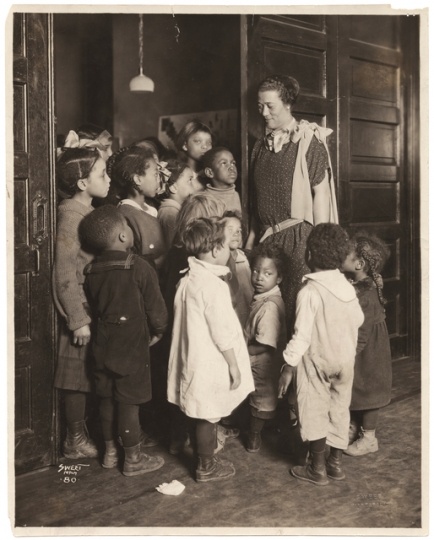
Gertrude Brown with children at Phyllis Wheatley House
Holding Location
Articles
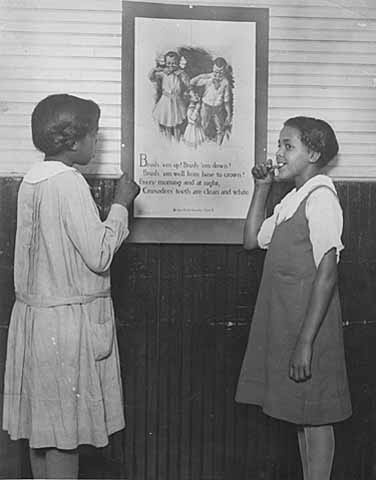
Teaching good health habits, Phyllis Wheatley House
Public domain
Holding Location
Articles
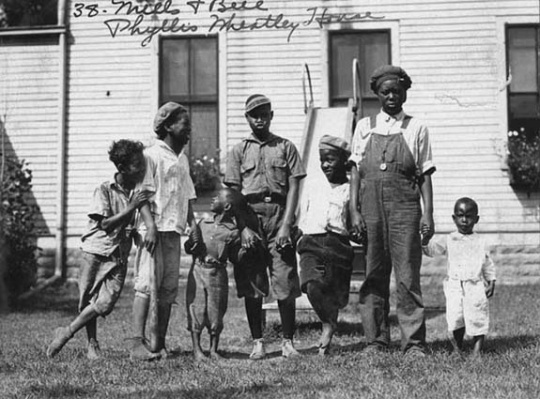
Children at Phyllis Wheatley House
Holding Location
Articles
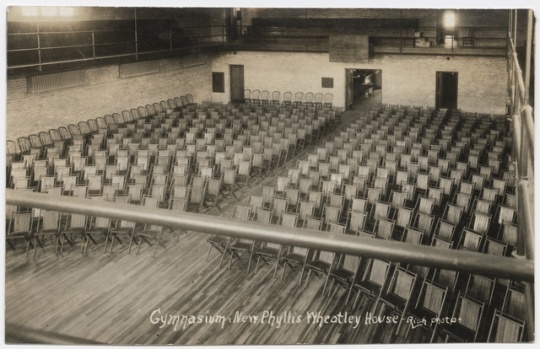
Gymnasium, Phyllis Wheatley House
Holding Location
Articles
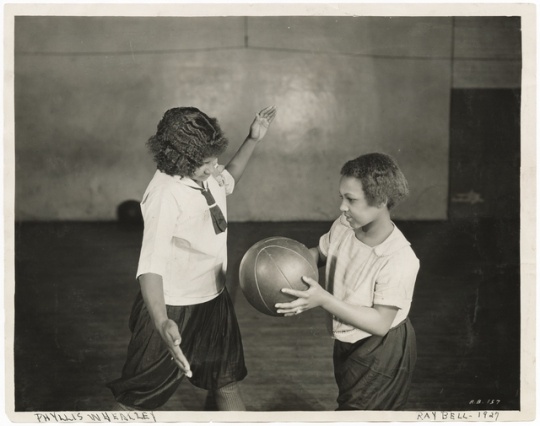
Two girls playing basketball at Phyllis Wheatley House
Holding Location
Articles
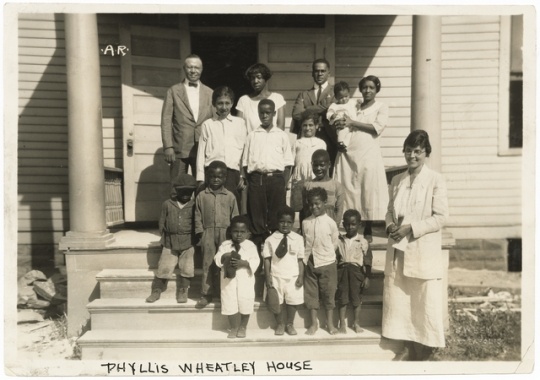
Children on steps of Phyllis Wheatley House
Holding Location
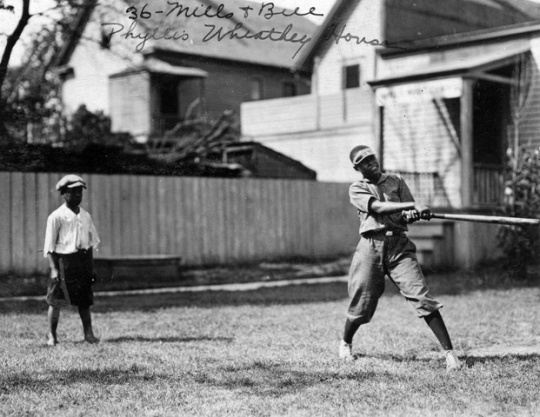
Baseball at Phyllis Wheatley House
Holding Location
Articles
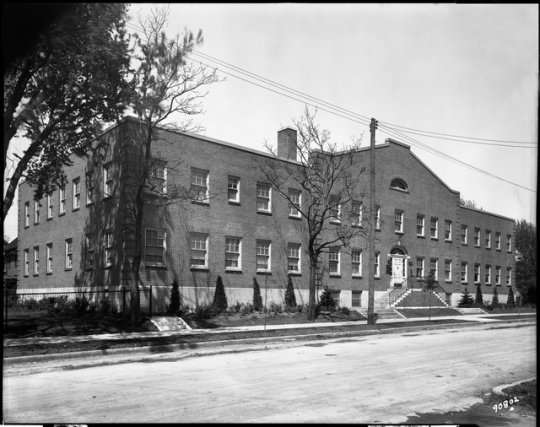
Exterior view of the Phyllis Wheatley House
Holding Location
Articles

Phyllis Wheatley House Health Program
Holding Location
Articles
More Information
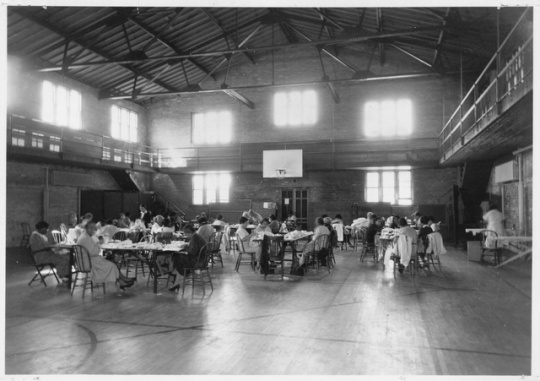
Sewing project at Phyllis Wheatley House
Holding Location
Articles
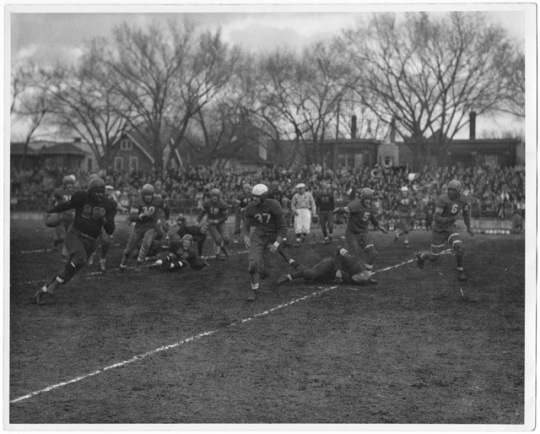
Football game at Phyllis Wheatley House
Holding Location
Articles
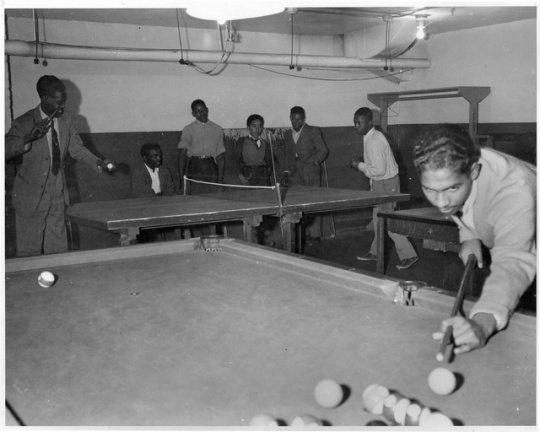
People playing table tennis and billiards at the Phyllis Wheatley House
Holding Location
Articles
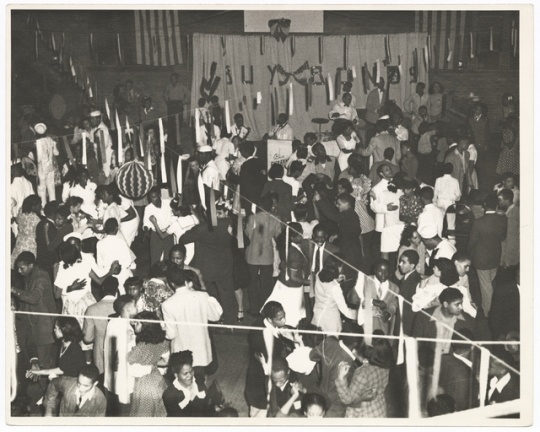
Neighborhood dance at Phyllis Wheatley House
Holding Location
Articles
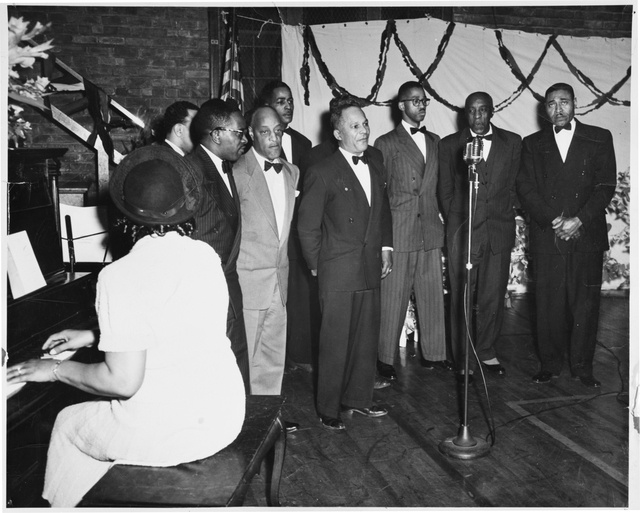
The Wheatley Aires, Phyllis Wheatley Community Center
Holding Location
Articles
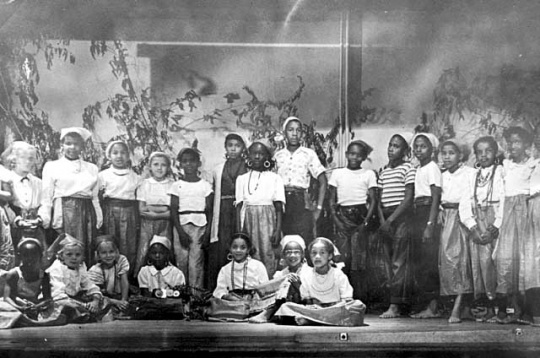
Children's theater group at the Phyllis Wheatley House
Holding Location
Articles
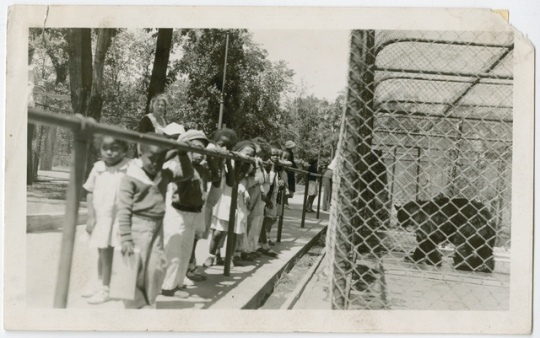
Children from Phyllis Wheatley House visiting Como Zoo, 1934.
Holding Location
More Information
Related Articles
Turning Point
The Phyllis Wheatley House opens in October 1924. It provides the Minneapolis African American community with a central gathering place in a city divided by racial segregation.
Chronology
1920
1921
1924
1926
1928
1929
1930
1937
1942
1950
1961
1962
1967
1970
1971
Bibliography
African American Registry. The Phyllis Wheatley House of Minneapolis Opens.
https://aaregistry.org/story/the-phyllis-wheatley-house-of-minneapolis-opens/
Fraser, Mrs. J. Frank comp. Silver Anniversary: 25 Years a Neighbor: The Story of the Phyllis Wheatley Settlement House, Minneapolis, Minnesota, 1924–1949. Minneapolis: Phyllis Wheatley House, 1949.
Gasman, Marybeth, and Roger L. Geiger, eds. Higher Education for African Americans Before the Civil Rights Era, 1900–1964: Perspectives on the History of Higher Education, Volume Twenty-Nine, 2012. New Brunswick, NJ: Transaction Publishers, 2012.
Hase, Michiko. Phyllis Wheatley House of Minneapolis, 1924–1937. University of Minnesota Social Work Course 8130, June 5, 1989. From Connee L. Chivers Research Files on Women at the Phyllis Wheatley Settlement House, Minnesota Historical Society.
——— . “Gertrude Brown’s Struggle for Racial Justice, Female Leadership, and Community in Black Minneapolis, 1920–1940.” PhD diss., University of Minnesota, 1994.
Karger, Howard Jacob. “Phyllis Wheatley House: A History of the Minneapolis Black Settlement House, 1924 to 1929.” Phylon 47, no. 1 (1986): 79–90.
Osgood, Lyn. “The Evolution of the Pillsbury Settlement House and the Creation of the Phyllis Wheatley Settlement House.” Typescript, 1936. Hennepin History Museum, Minneapolis.
Phyllis Wheatley Community Center. About Us.
https://www.phylliswheatley.org/
Related Resources
Primary
Community Survey of Social and Health Work in Minneapolis: Agency Report, Phyllis Wheatley House. [Minneapolis: N.p., 1938].
Golden Anniversary, 1924–1974: Phyllis Wheatley Community Center. Minneapolis: The Center, [1974].
Minneapolis Collection, Phyllis Wheatley House Vertical Files
James S. Hosmer Special Collections, Hennepin County Library, Minneapolis
Description: Newspaper clippings related to the history of the Phyllis Wheatley House.
Pamphlets Relating to Social Settlements and the Homeless in Minnesota, 1913–
Pamphlet Collection, Minnesota Historical Society, St. Paul
Description: Pamphlets and printed materials relating to settlement and community houses in Minnesota.
Phyllis Wheatley Community Center organizational records, 1924–1977
Manuscript Collection, Minnesota Historical Society, St. Paul
Originally found at: http://www2.mnhs.org/library/findaids/00658.pdf
Description: Includes history of the Phyllis Wheatley House, board meeting minutes, reports, and other miscellaneous information on the organization over the years.
Film # A-134
Phyllis Wheatley Settlement House Film Footage
Audiovisual Collection, Minnesota Historical Society, St. Paul
Description: Footage of activities at the Phyllis Wheatley Settlement House including various sports. Also includes parade footage that may be from the Minneapolis Aquatennial parade.
Ten Years a Neighbor: Phyllis Wheatley Settlement House, 1924–1934. [Minneapolis: N.p., 1934].
Secondary
Caouette, Mick. The Heart of Bassett Place: W. Gertrude Brown and the Wheatley House; the Story of an African American Settlement House and the Woman Who Made it Possible. [MN]: M. Caouette, 1999.
P2287
Connee L. Chivers Research Files on Women at the Phyllis Wheatley Settlement House
Manuscript Collection, Minnesota Historical Society, St. Paul
http://www2.mnhs.org/library/findaids/P2287.xml
Description: Material collected or created by a Minneapolis woman conducting research on African American women involved with the Phyllis Wheatley Settlement House in Minneapolis.
Parker, Dick. “Phyllis Wheatley Center is 80.” Minneapolis Star Tribune, October 17, 2004.
“Settlement Houses." In Encyclopedia of the United States in the Nineteenth Century, edited by Paul Finkelman. New York: Charles Scribner's Sons, 2001. U.S.
Taylor, Kimberly Hayes. “Wheatley Center Needs New Life, Some Say.” Minneapolis Star Tribune, July 28, 1999.

















